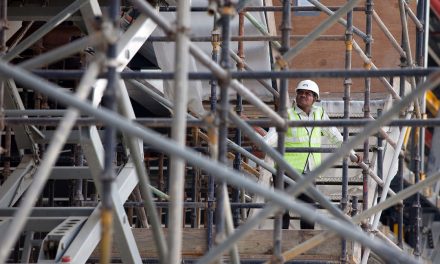ISO 20887, Sustainability in buildings and civil engineering works – Design for disassembly and adaptability – Principles, requirements and guidance, helps owners, architects, engineers and any other party involved in the life cycle of a building to improve its sustainability, saving time and resources along the way.
It assists users in two ways: by extending the building’s life through effective adaptability that makes it suitable for another use; and by optimizing its resources at the end of life through effective disassembly, reuse, recycling and disposal of its various materials.
The result is reduced carbon emissions through optimal use of the building, lower costs through longer lifespan and better use of resources, and less waste going into landfill.
Philippe Osset, Chair of the ISO subcommittee that developed the standard, said users get the most benefit from disassembly and adaptability guidance if they consider its integration into the very early stages of the building works project.
“This will help them obtain the full potential value of a building throughout its life cycle, from repairs and refurbishments to the reuse, recycling and appropriate disposal of its components when it is no longer able to be used,” he said.
“What’s more, this approach is exactly what supports the circular economy, thus contributing to a more sustainable world.”
In that sense, the new standard also contributes directly to the United Nations’ Sustainable Development Goal 11 on sustainable cities and communities.
ISO 20887 was developed by ISO technical committee ISO/TC 59, Buildings and civil engineering works, subcommittee SC 17, Sustainability in buildings and civil engineering works, the secretariat of which is held by AFNOR, ISO’s member for France. It can be purchased by your national ISO member or through the ISO Store.




